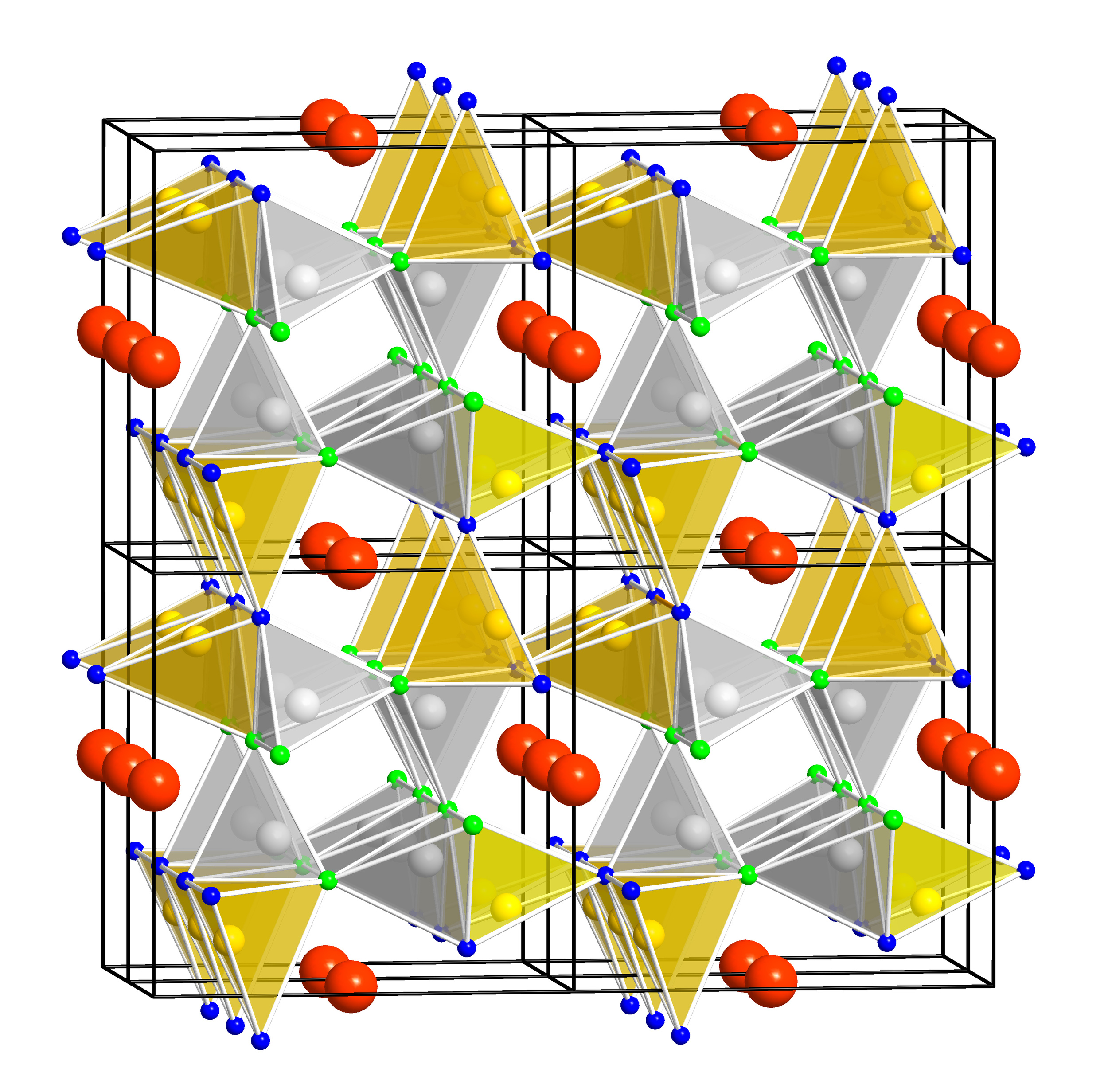A research team at the University of Innsbruck, Austria cooperated with Osram Opto Semiconductors to develop a new red phosphor with excellent luminescence properties which can make LED lighting more energy-efficient. The research article, titled “Sr[Li2Al2O2N2]:Eu2+—A high performance red phosphor to brighten the future” was published in Nature Communications on April 23, 2019.
The scientists created the new red phosphor whose light is well perceived by the eye as the human eye is more sensitive to green and less sensitive to blue and red. With the development, the light yield of white LEDs can be improved by around one sixth, helping to improve the energy efficiency of lighting systems.
The powerful red phosphor Sr[Li2Al2O2N2]:Eu2+, named SALON by the researchers, meets all the requirements for the optical properties of a phosphor. The development goes back to research carried out by Hubert Huppertz at the University of Bayreuth. As part of his doctoral thesis, he developed nitrides doped with europium that are fluorescent. These red phosphors are partly responsible for the fact that LEDs no longer only glow cold white, but also warm white. Interestingly, the human eye reacts most sensitively to the color green. In the blue and red areas, the eye is less sensitive. Although these phosphors emit red light in the visible range, a large part of the energy goes into the infrared range, which the human eye does not perceive. The fluorescent material developed in Innsbruck has now succeeded in slightly shifting the light emission from red towards blue.

(Image: University of Innsbruck)
"Since initially only a few very small particles were available in a very inhomogeneous sample, it was difficult to optimize the synthesis," said doctoral student Gregor Hoerder. The breakthrough came when the researchers were able to isolate a single-crystal from one of the most promising synthesis products and thus determine the structure of the new material. "The substance is synthesized in such a way that it emits more orange than red. With SALON we have less energy loss, it emits exactly in the red range we can see," said Hubert Huppertz from the University of Innsbruck, Austria.
OSRAM Opto Semiconductors, the Fraunhofer Institute for Microstructures of Materials and Systems IMWS in Halle and Dirk Johrendt's research group at the Ludwig Maximilian University in Munich were also involved in further characterizing the new material. The development has already been registered for patent.












